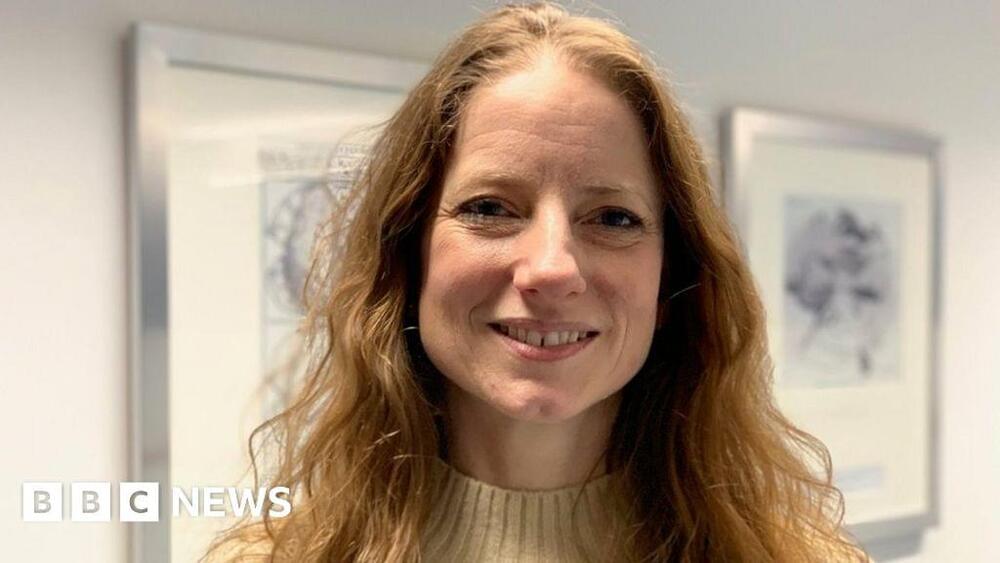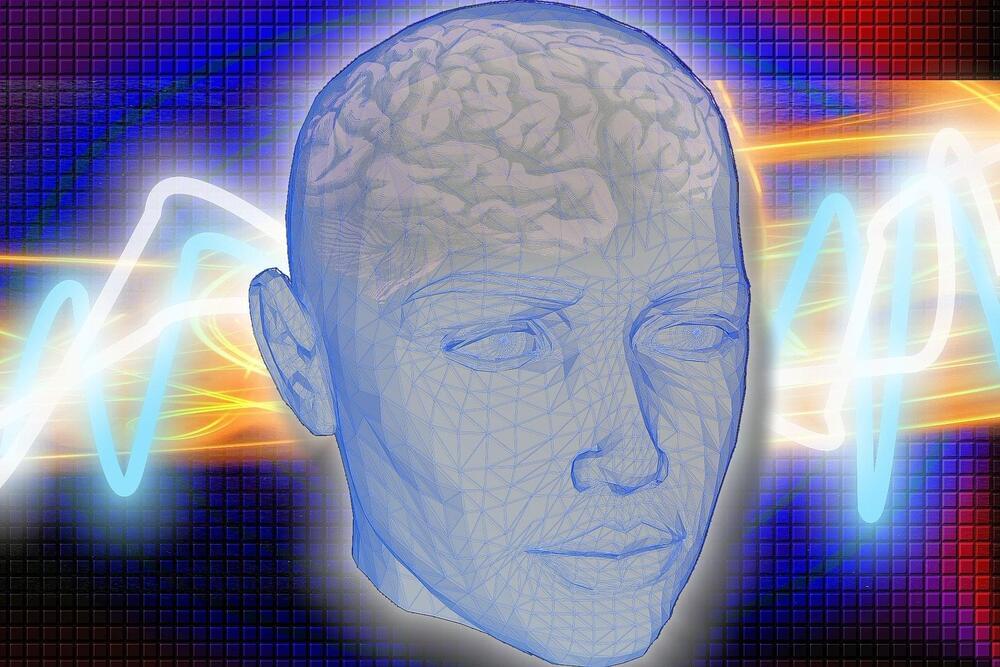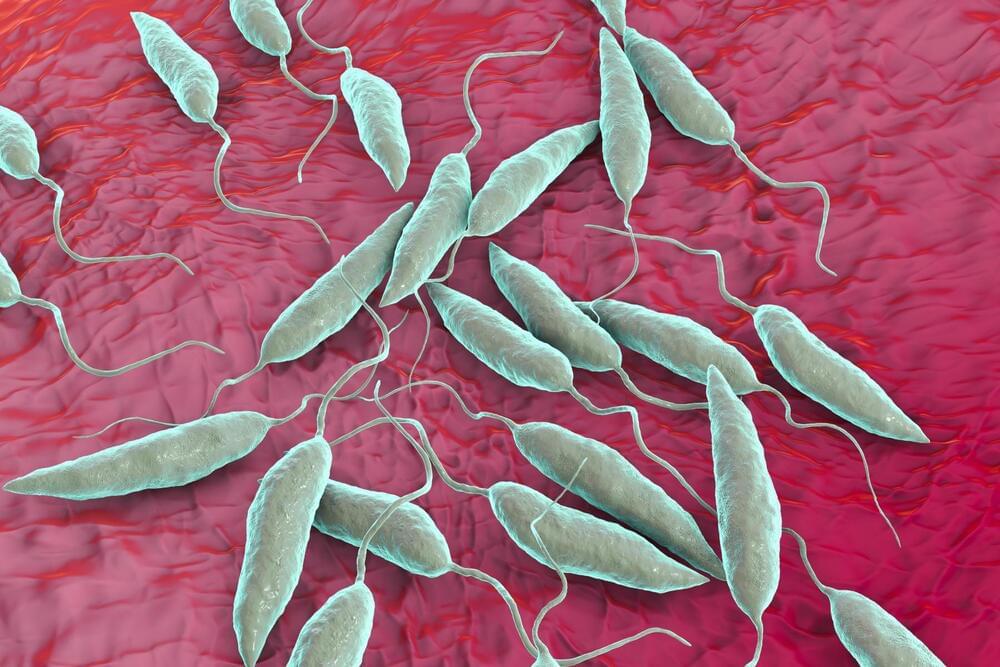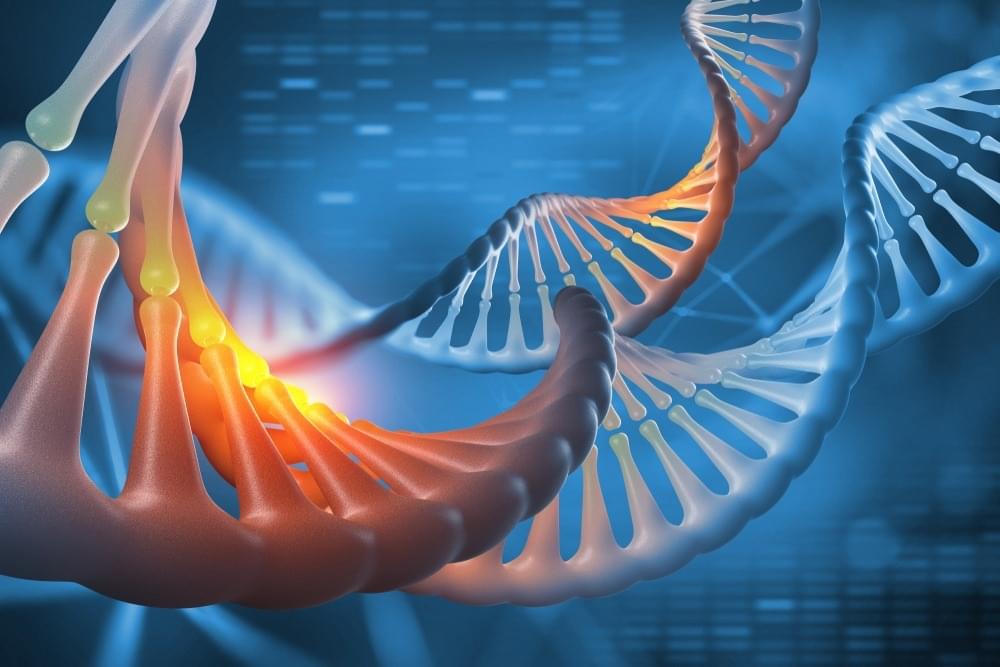Mistral AI has officially closed its much anticipated Series A funding round. The French company has raised €385 million ($415 million).
A Cambridge psychiatrist is developing an AI system to speed up mental health diagnosis in children.
It happened! Starship and SuperHeavy Did Launch for the second time. All 33 raptors were working. Hot staging went as planned. But then both the Booster 9 and Ship 25 were lost. What exactly went wrong and what does it mean for the future of Starship?
This week at Starbase a new sign is installed at the launch site, Booster 10 appears nearly complete, and construction continues at the build site, Massey’s Test Site, Sanchez and the launch site, while over at Cape Canaveral, SpaceX continues Starlink launch and recovery operations while getting ready for the next Falcon Heavy launch, and we review the latest batch of flyover photos courtesy of Greg Scott and Farielle Mohan.
SpaceX’s newly leaked version of the lunar Starship has been significantly updated to overcome the unique challenges of lunar exploration, demonstrating their commitment to developing technology essential for future missions to the moon and Mars.
Questions to inspire discussion.
What updates have been made to SpaceX’s lunar Starship?
—The newly leaked version of the lunar Starship has been significantly updated to overcome the unique challenges of lunar exploration.
The impact of nature and technical challenges on space missions highlights the complexities and challenges inherent in space launch vehicle development.
Questions to inspire discussion.
What is the significance of the upcoming X-37B space plane launch?
—The upcoming launch of the X-37B space plane on SpaceX Falcon Heavy marks a significant milestone in space launch vehicle development, with potential new mission aims and the need for enhanced lifting prowess.
In 2001, Gina Arata was in her final semester of college, planning to apply to law school, when she suffered a traumatic brain injury in a car accident. The injury so compromised her ability to focus she struggled in a job sorting mail.
“I couldn’t remember anything,” said Arata, who lives in Modesto with her parents. “My left foot dropped, so I’d trip over things all the time. I was always in car accidents. And I had no filter—I’d get pissed off really easily.”
Her parents learned about research being conducted at Stanford Medicine and reached out; Arata was accepted as a participant. In 2018, physicians surgically implanted a device deep inside her brain, then carefully calibrated the device’s electrical activity to stimulate the networks the injury had subdued. The results of the clinical trial were published Dec. 4 in Nature Medicine.
For the first time, scientists have begun to figure out why the disfiguring skin lesions caused by cutaneous leishmaniasis don’t hurt.
Researchers analyzed leishmaniasis lesions on mouse skin to detect metabolic signaling pathways that differed from uninfected mice. Results suggested the parasites that cause the disease change pain perception—presumably as a way to delay treatment and promote their own survival.
“No one knows why these lesions are painless—but it has been thought that the parasite somehow manipulates the host physiological system,” said Abhay Satoskar, senior author of the study and professor of pathology at The Ohio State University College of Medicine.
The Spookiest Ideas in the Universe with Isaac Arthur.
Isaac Arthur links:
https://www.youtube.com/channel/UCZFipeZtQM5CKUjx6grh54g.
https://twitter.com/Isaac_A_Arthur.
YouTube Membership: https://www.youtube.com/channel/UCz3qvETKooktNgCvvheuQDw/join.
Podcast: https://anchor.fm/john-michael-godier/subscribe.
Apple: https://apple.co/3CS7rjT
More JMG
https://www.youtube.com/c/JohnMichaelGodier.
Want to support the channel?
Patreon: https://www.patreon.com/EventHorizonShow.
Follow us at other places!
Introduction to spatial genomics The power of single-cell resolution Mapping the blueprint of health Case study: Bio-Techne Challenges and future prospects References Further reading
Spatial genomics is a cutting-edge field that combines genomics and spatial analysis to investigate the role of genomic features in disease at single-cell resolution.
Spatial genomics is a field of study that focuses on analyzing the spatial organization of genomic features within intact tissues. It involves the simultaneous analysis of various molecular components, including genomic DNA and RNA, through transcriptomic analysis and epigenetic modifications within their spatial context. These techniques aim to reveal the spatial relationships between the different genomic elements and provide insights into the organization and function of single cells within tissues, enabling the molecular connection of a particular genotype to its phenotype.









